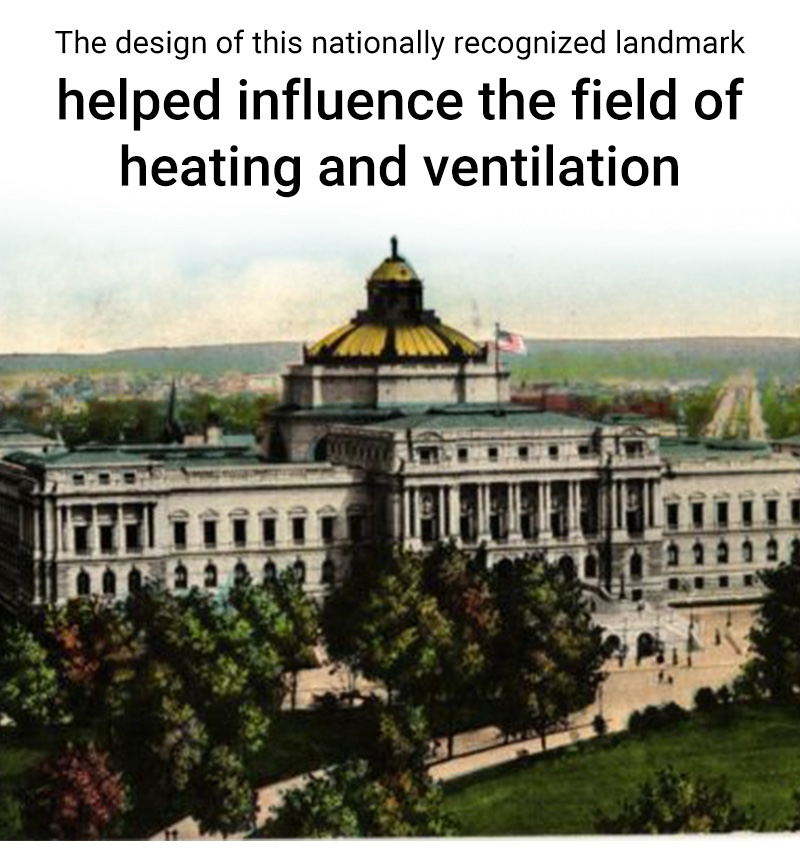
Air conditioning is often celebrated for the comfort it brings to homes and businesses, but one of its most significant impacts can be seen in the realm of education. In the 1950s, the introduction of air conditioning into schools across the United States played a crucial role in transforming the educational landscape. This innovation not only made year-round learning possible but also enhanced student well-being, academic performance, and the overall quality of education.
Before Air Conditioning
Before the advent of air conditioning, schools in hot climates faced significant challenges during the summer months. The stifling heat made it difficult for students to concentrate and for teachers to conduct effective classes. As a result, many schools in warmer regions would close for the summer, limiting educational opportunities and disrupting the learning process. Continue reading “The Cool Revolution: How Air Conditioning Transformed Education in the United States”



